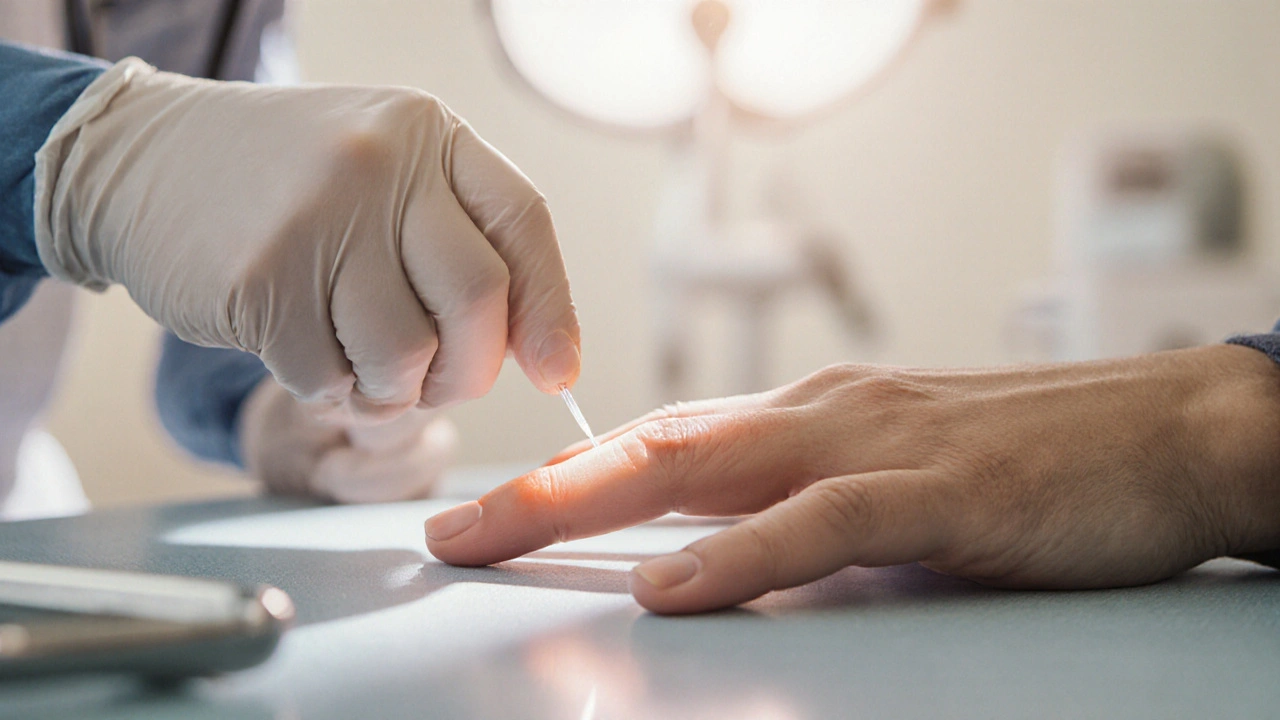When working with Leprosy disability prevention, the collection of measures aimed at stopping nerve damage and functional loss in people affected by leprosy. Also known as leprosy disability control, it focuses on early identification, proper footwear, physiotherapy, and community education. Leprosy disability prevention saves limbs, preserves independence, and cuts long‑term health costs.
First, Leprosy, a chronic infection caused by Mycobacterium leprae that primarily attacks skin and peripheral nerves sets the stage. When the disease goes unchecked, it can cause irreversible nerve injury, leading to loss of sensation and deformities. Disability, the functional limitation that follows nerve damage, often shows up as claw hand, foot drop, or facial palsy. Preventing this outcome requires two core actions: early detection of nerve impairment and timely rehabilitation.
Early detection is a cornerstone. Regular skin‑sensation testing, simple nerve palpation, and community‑based screening campaigns make it possible to spot problems before they become permanent. The World Health Organization recommends monthly checks in endemic areas, and data show that each month of delay increases the risk of permanent disability by about 5 %.
Rehabilitation tools close the loop. Physiotherapy, targeted exercises and manual therapy that restore muscle strength, improve joint range, and teach safe movement patterns helps patients regain function and avoid contractures. Coupled with custom‑made footwear that redistributes pressure, physiotherapy reduces ulcer formation and supports balance. Studies from Brazil and India report a 30‑40 % drop in new disabilities when physiotherapy programs are integrated into leprosy care.
Public health programs also play a huge role. Government‑run leprosy clinics that combine drug therapy with disability monitoring create a seamless care pathway. Community health workers serve as the eyes and ears on the ground, delivering education about wound care, encouraging self‑examination, and arranging referrals. When these programs receive stable funding, the prevalence of leprosy‑related disability can fall below 5 % in high‑burden regions.
Finally, patient empowerment rounds out the approach. Teaching patients how to inspect their feet daily, how to protect loss‑of‑feeling areas with padding, and how to perform simple hand exercises turns them into active participants in their own care. This self‑care mindset reduces reliance on clinic visits and cuts the chance of late‑stage complications.
All these pieces—early detection, physiotherapy, proper footwear, public health support, and patient education—interlock to form a strong safety net. Below you’ll find articles that dive deeper into each of these areas, from practical screening tips to detailed physiotherapy routines, so you can build a comprehensive prevention plan tailored to your community or practice.
